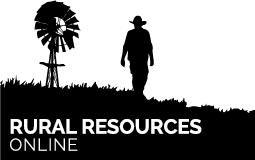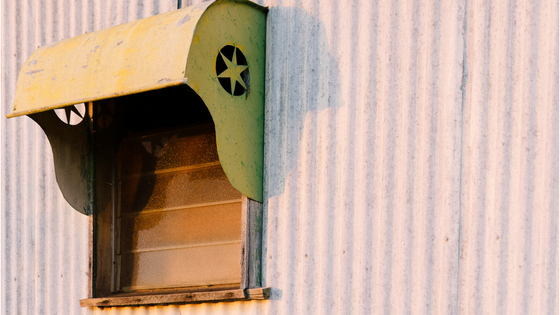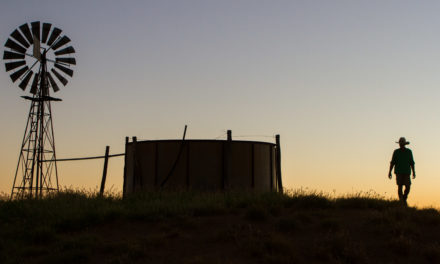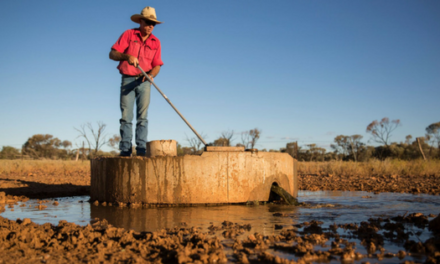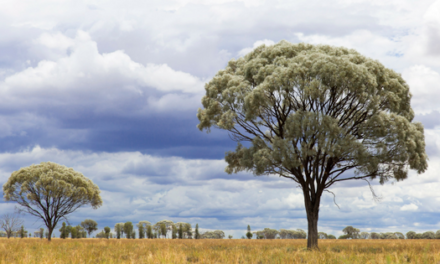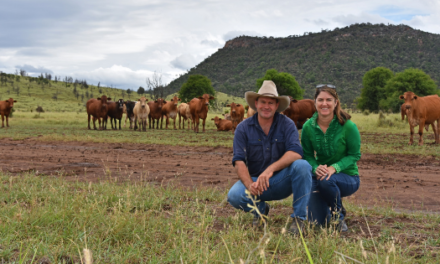Last year we took our children to a Veg Management rally in Brisbane and then to the Ekka. Wearing akubras always sparks interest and a flood of questions about life on the land, so it got me thinking about the important messages we should be sharing.
What makes our Aussie farmers so great and unique? And how do we communicate this with the wider population.
So I thought I would look approach it with my city chick hat on.
The language of farmers
For starters, their humour is unique. They don’t mean everything literally.
Picture this … you are new to the bush and have only recently worked out that a pizzle is term used to describe a bull’s boy bits. Then you pull up on the side of the road while your boyfriend talks to his mate who is driving in the other direction.
It’s a quiet road so you just stop in the middle, turn off the engine and talk. They get onto the topic of mustering. Big week of weaning, long days, useless dogs and the bull that gave him a pissling.
A what? Yep ‘a pissling’.
The image was not a pretty one.
But like so many other terms – it was not meant to be taken literally.
Farmers work with nature not against it
We had friends visiting from Brisbane who commented on how slow the pace was at mustering. It was an interesting perspective.
The weather was warmer so the cattle could be picked up at the waters around morning tea. There was little fuss… There didn’t need to be … The musterers knew what they were doing.
Except for the couple of rogue cows who wanted to take their calves away from the mob, the cattle come into the yards well. But because it was not the fast-paced rush they were used to at work they assessed the situation differently.
Mind you, getting up before daylight the next day to brand was a different story.
They are bloody hard workers
Farming is first and foremost a love job. The sense of achievement and personal satisfaction they get from doing what they do is undeniable. But at times it comes at a cost.
Many a personal sacrifice is made in order to get a job done.
At planting time, machines (and people) can work around the clock to get the seed into the ground while the moisture profile is optimal if it means giving the crop the best chance of germination.
In times of drought the physical demands are often as great as the emotional ones. Graziers feeding stock by hand simply don’t have the option of not showing up for work. They place the welfare of their stock about all else and, although they may be exhausted, they still get on with job.
Farming families have little choice but to go with the flow
During the bushfire season, holidays cannot be planned too far ahead if there is no-one available to keep an eye on the place. Sometimes the planned ones have to be cancelled.
Mother nature is not always kind. But when your livelihood is at stake sacrifices have to be made.
I can’t think of any woman who has not been ready to go out to a function and waited and waited only to get the message on the two-way ‘to go ahead without me’.
That’s life.
Australian farmers are innovators who embrace new technology
My son got a drone for his 13th birthday. He thought it would be great to help Dad muster with it. My job was to drive the ute as my son guided the drone.
The drone (or perhaps the controller) was not up to the job.
Fortunately we were too far away to hear my husband’s comments. Eventually I could see my husband’s frustration and left my son on the side of the road, and I headed for the paddock. The job got done.
The cattle were mustered and the photos from the air are impressive. I am sure one day drones will be used to muster our paddocks.
In fact, the changes we are hearing about are mind blowing.
- Livestock biometrics – collars for cattle with GPS, RFID and biometric data that can be used to trace a beast’s movements, health and stats.
- Crop sensors –optical sensors to identify crop health and correct chemical application needs.
- Agbots – agricultural robots used to automate cropping processes such as harvesting, fruit picking, planting, irrigation and ploughing.
- Precision agriculture – Satellite imagery and advanced sensors with geolocated weather data will improve automated decision-making in the future.
The future lies with the next generation. They ‘get’ all this technology.
Our job is to embrace their ideas, energy and enthusiasm. More importantly we must share the stories of what it is we do and why we do it with the wider population.
